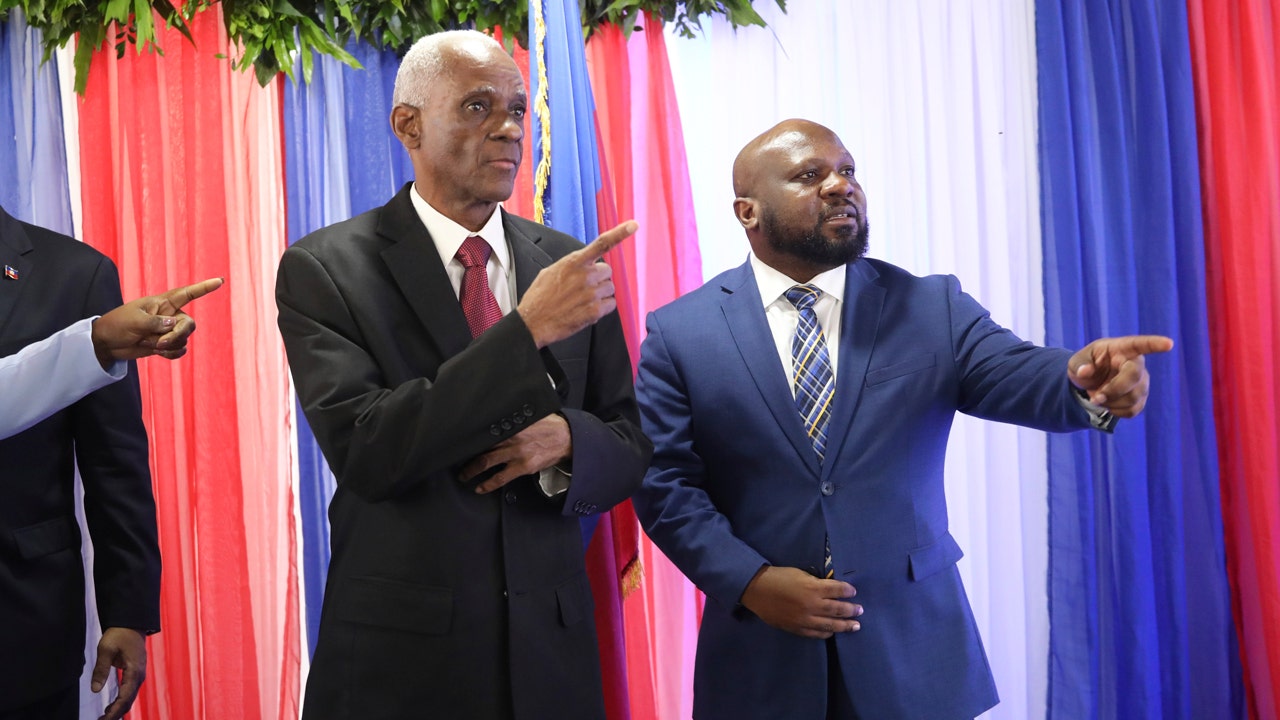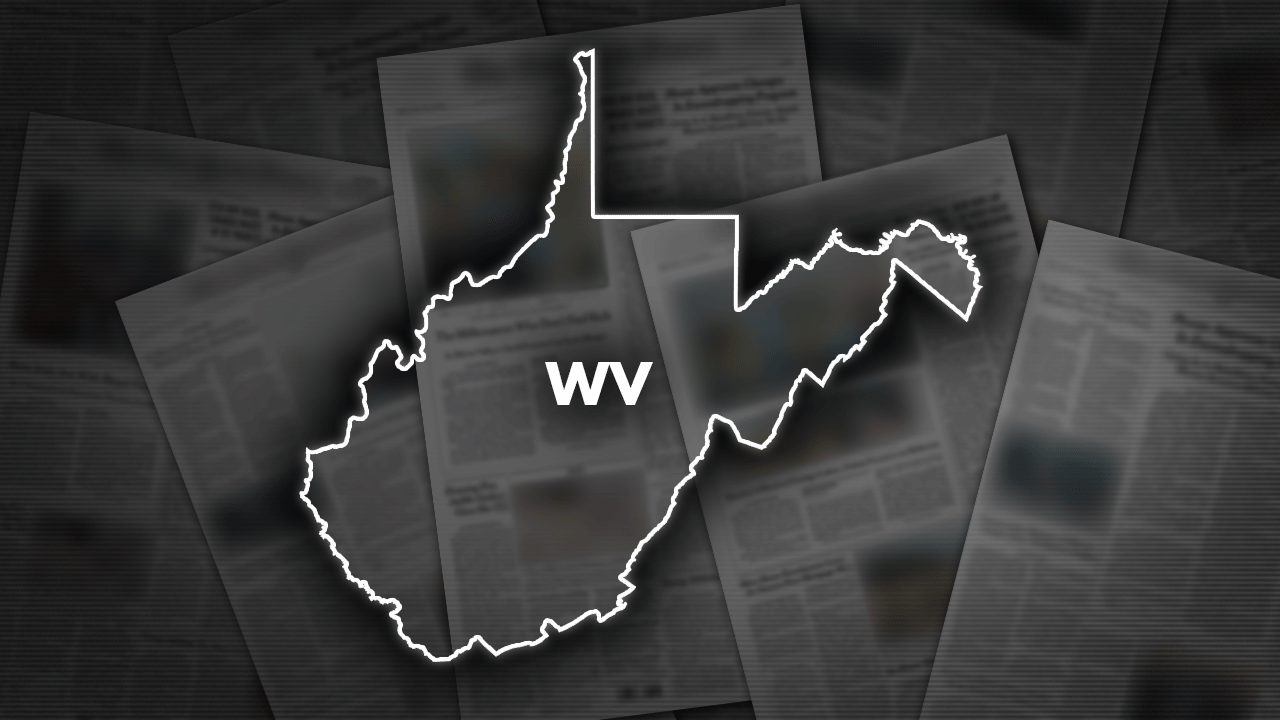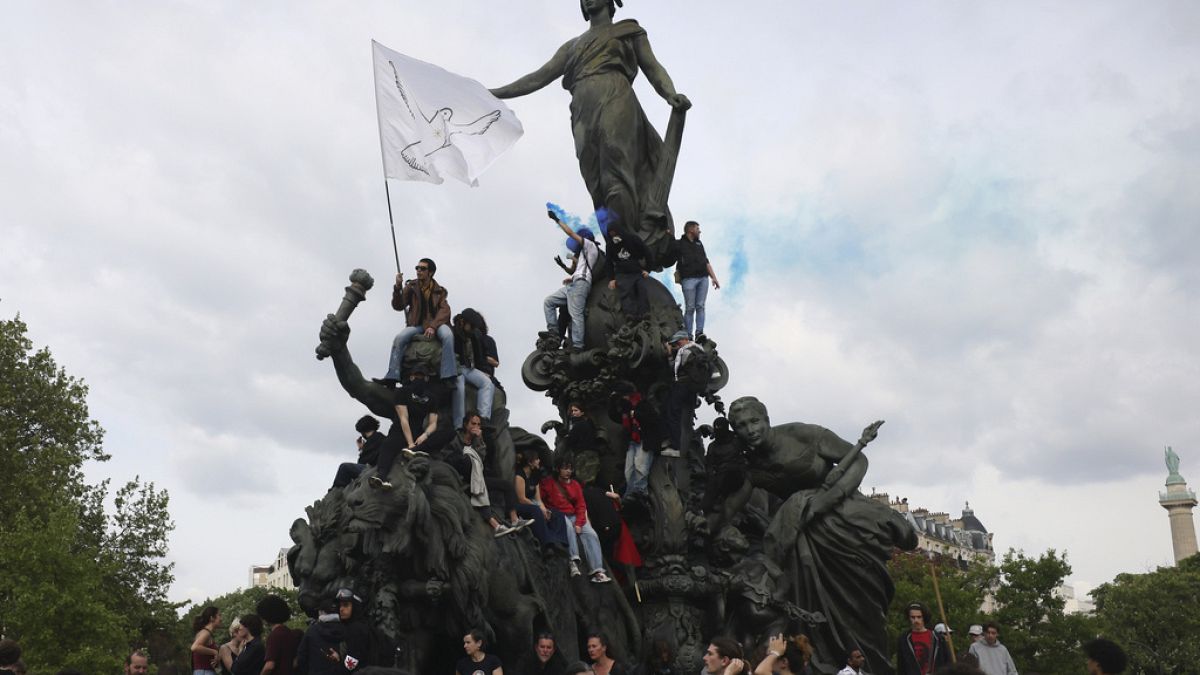Indiana
Indiana Pacers vs Milwaukee Bucks first round series schedule
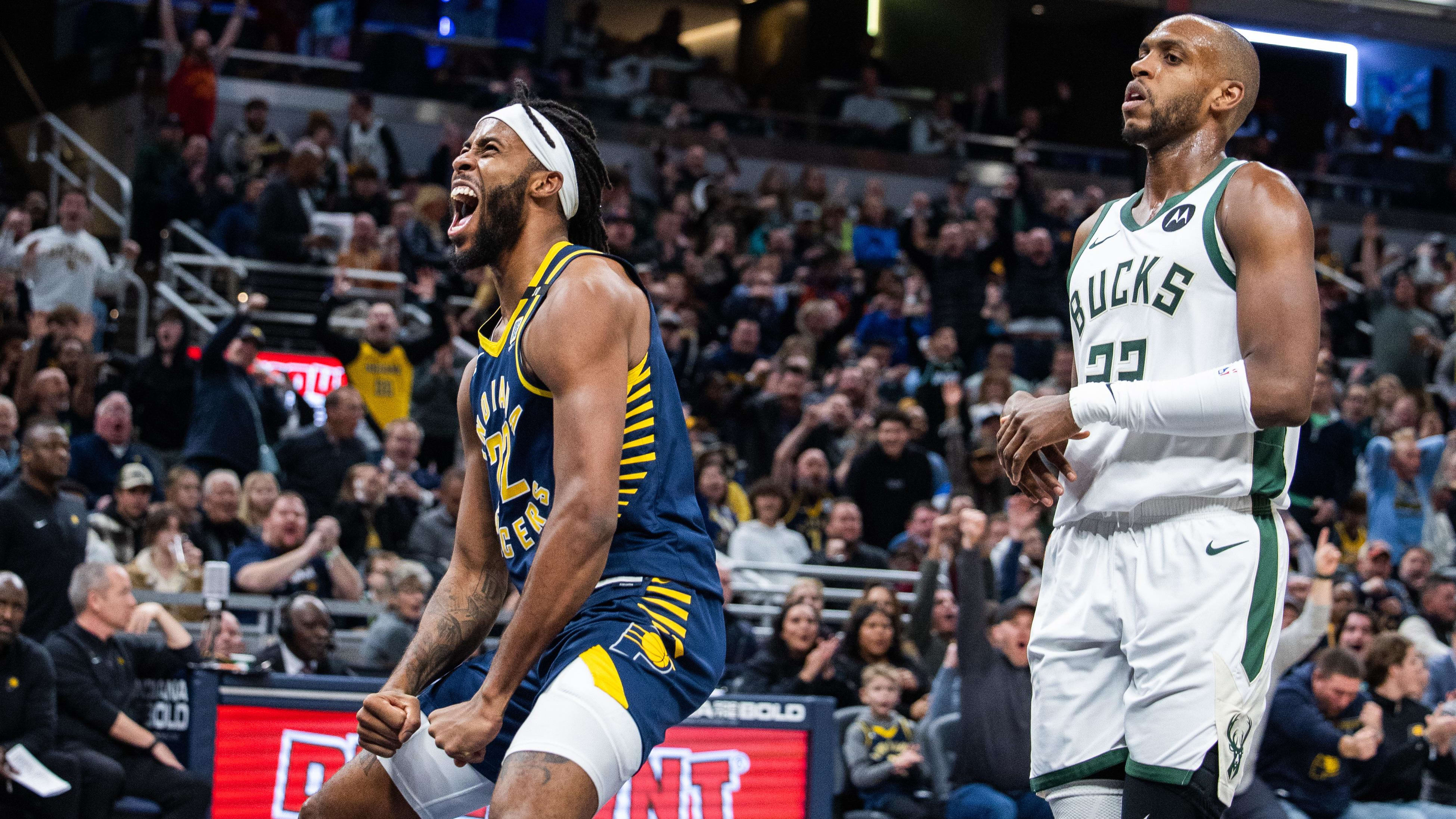
INDIANAPOLIS — The NBA announced the schedule for each of the first-round playoff series in the 2024 postseason earlier this week. That includes the Indiana Pacers vs Milwaukee Bucks set, which is the three-seed vs six-seed tilt in the Eastern Conference.
The best-of-seven will begin on Sunday in Milwaukee for Game 1. That will be the sixth meeting of the 2023-24 campaign between the two teams — they played five times during the regular season since they are division rivals who also battled in the In-Season Tournament knockout stage.
The full schedule for the Pacers-bucks series can be seen below.
The most notable scheduling quirk is that Game 2 is on Tuesday, April 23 — just two days after Game 1. With Bucks superstar Giannis Antetokounmpo dealing with a calf injury, less time between the early games in the series could end up causing the former MVP to miss more outings.
Indiana announced their broadcast schedule for the battles earlier today, including the local listings. While playoff games are on National TV, Bally Sports Indiana will have a broadcast for every game that currently has a scheduled time, and they could add more depending on future network slots.
The Pacers are ready to prove what they can do in the postseason. Despite it being the team’s first playoff berth in four years, they aren’t just happy to be there. They want to win, and some of their player’s past experiences against the Bucks in the postseason could prove to be valuable. It all begins on Sunday.
- The Indiana Pacers are playoff bound and will face the Milwaukee Bucks in the first round of the postseason. CLICK HERE.
- Myles Turner steps up and leads Indiana Pacers over Atlanta Hawks the way he said he would . CLICK HERE.
- Indiana Fever rookie Caitlin Clark meets Pacers star Tyrese Haliburton, gets praise from Rick Carlisle. CLICK HERE.
- Indiana Pacers electric offensive night guides them past Atlanta Hawks and into 2024 NBA Playoffs. CLICK HERE.
- Follow AllPacers on Facebook: All Pacers SI
- Follow AllPacers on Twitter: @SIPacers

Indiana
Indiana Michigan Power need help naming falcon chicks on tallest building in Fort Wayne

FORT WAYNE, Ind. – The tallest building in Fort Wayne is now home to four peregrine falcon chicks, and Indiana Michigan Power needs your help naming them.
Falcon Moxie and her mate Jamie welcomed four chicks this spring, laying her first egg on March 11.
I and M officials say the Teens for Nature Program at Fort Wayne Children’s Zoo compiled a list of names.
- Tom
- Cindy
- Erie
- Linden
- April
- River
- Shelley
- Aster
- Peony
- Bradley
- Vera
- Wane
- Mary
- Anthony
- Henry
- Daisy
- Johnny
- Apple
- Hoosier
- Storm
Tom and Cindy are currently at the top, memorializing the late Fort Wayne mayor and his wife.
Voting is open now through May 15.
The official names will be announced then on May 17.
You can cast your vote here.
Indiana
How a Gaza protest at Indiana University became a battle for free speech

The sun was casting shadows onto the green grass of Dunn Meadow at Indiana University Bloomington, as a line of police carrying batons and shields moved forward.
Across from the police stood a daisy chain of protesters, their arms linked in front of a newly established pro-Palestine encampment. The cluster of tents resembled dozens of other encampments set up at universities across the United States in recent weeks, as demonstrations against Israel’s war in Gaza reached a fever pitch.
College campuses in the US have long been bastions of academic freedom and political protest, and Indiana University was no exception. For 55 years, Dunn Meadow had been its designated “assembly ground”, an area the university itself described as a “public forum for expression on all subjects”.
But that changed on April 24, as university administrators swiftly revised policies that had been on the books since 1969.
While the university had previously allowed “the use of signs, symbols or structures” for protests on the meadow, the change banned temporary structures without prior approval. The very next day, police appeared to dismantle the encampment — and arrest students.
The move catapulted Indiana University to the forefront of a heated debate: Are those protesting the war in Gaza facing disproportionate challenges to their rights to free speech and expression?
“Students and faculty and community members have gathered at this meadow for decades, and it has never been met with this,” said Benjamin Robinson, a professor of Germanic studies at the university who joined the protesters on April 25.
He was ultimately arrested, along with about 50 other demonstrators, all of whom received an immediate year-long ban from campus.
“Now I’m seeing this militarised, overwhelming, disproportionate show of force,” Robinson told Al Jazeera. “It makes you wonder: Why this time? Why is this time different?”
Possible ‘viewpoint bias’
The right to free speech is a cherished cultural ideal in the US, enshrined prominently in the First Amendment of the Constitution.
But the war in Gaza — and the protest movement it has inspired — has brought to the fore questions of where that freedom ends. Student protesters have taken aim at their schools’ ties to Israel, and even at the US government for its continued material and political support for the war.
How those protests are unfolding on college campuses has proven particularly thorny. Several high-profile administrators have argued that certain students, particularly those of Israeli and Jewish backgrounds, may feel targeted by the anti-war protests. They maintained dismantling the encampments is essential to creating a safe learning environment.
But some students, faculty and advocates say the attempts to dismantle the camps reveal biases about whose voices are prioritised on campus — and whose are blocked.
Alex Morey, the vice president of campus advocacy at the Foundation for Individuals Rights and Expression (FIRE), said a swift policy change like the one enacted at Indiana University — in an apparent response to a particular protest — “raises all the red flags and screams viewpoint discrimination”.
She told Al Jazeera that FIRE is currently monitoring about 10 instances of schools shifting their policies since the war started in a way that may be discriminatory.
The American Civil Liberties Union (ACLU) also voiced concerns about the Indiana University policy change in the aftermath of last week’s arrests.
The president of the state ACLU chapter, Chris Daley, called it “alarming” that decades-old “policy would be specifically changed on the morning of, and in response to, a planned protest against the State of Israel’s treatment of Palestinians”.
At least 34,568 Palestinians have been killed in Israel’s offensive in Gaza, and rights groups have said the Palestinian enclave is on the verge of famine, as Israel’s siege approaches its ninth month.
Violent arrests
How administrators choose to respond to protests and cases of civil disobedience — defined as nonviolent acts where a law or policy is intentionally broken — can have wide-ranging implications.
Images of violent arrests have become common since the latest surge in university protests and encampments began. To date, more than 1,000 arrests have been recorded across 25 US campuses, according to CNN.
Columbia University in New York City is often understood as the epicentre for the current encampment movement: Its students started erecting tents on April 17, as part of a campaign to push the school to divest from Israel.
But the university’s reaction has set the tone for crackdowns across the country. The next day, Columbia called in the New York Police Department (NYPD), arresting more than 100 protesters.
Critics said the decision escalated an already tense situation. Arrests have since continued, with more than 282 additional students detained at Columbia and the City College of New York by Wednesday morning.
Scenes of police violence against faculty members and students at Emory University in Atlanta, Georgia, and the University of Texas at Austin have stoked further anger.
The Austin campus is a state school — and critics have pointed out that restrictions of free speech there could teeter into government censorship.
Nevertheless, Texas Governor Greg Abbott, a self-styled free speech crusader and prominent Republican, decided to send state troopers onto the University of Texas campus on April 24, resulting in more than 50 arrests.
Morey at FIRE noted that Abbott issued an executive order in March requiring universities to update their free speech policies to respond to what he characterised as “the sharp rise in anti-Semitic speech and acts on university campuses”.
That, she said, could be seen as another example of “viewpoint discrimination” — favouring one point of view over another. Even right-wing libertarians have denounced the decision as a form of hypocrisy.
Former Congressman Justin Amash, for instance, wrote on the social media platform X: “If [Abbott’s] arresting them for their speech, then he’s violating the law, and his actions threaten everyone in the state, including everyone he claims to be protecting.”
The police have also been wary of violent crackdowns on the largely peaceful protesters.
In one particularly striking instance, The Washington Post reported that the Metropolitan Police in Washington, DC, refused a request from George Washington University to clear a protest encampment at the school.
A police official noted earlier this week that the protest “activity has remained peaceful”.
Rights on campuses
The US Constitution provides sweeping protections for political speech. That includes language that may be considered hate speech, as that label can potentially be used to stifle controversial or opposing views.
The constitutional protections are so broad they can include discussions or even the advocacy of violence. However, the Constitution does not protect speech that crosses the line into “true threats” of violence or incitement.
Students at state universities are automatically afforded these protections. By contrast, students at private universities typically enter into a contract with administrators upon enrolling that outlines what speech will be acceptable.
Still, civil liberties groups have argued that private institutions should inherently respect freedom of speech and expression. For instance, in an April 26 letter to campus presidents, ACLU officials wrote that “academic freedom and free inquiry require that similar [free speech] principles guide private universities”.
US and Israel genocide of Palestinians 2024
CAMPUS
33 pro-Palestinian protesters arrested at Dunn Meadow encampment Thursday📷IU professor Benjamin Robinson stands between armed police officers and a line of pro-Palestinian protesters linking arms April 25, 2024, at Dunn… pic.twitter.com/1HBMc6B00r
— Pierre F. Lherisson (@P_F_Lherisson_) April 28, 2024
But universities must balance free speech concerns with student safety and the right to access education. Some groups have accused pro-Palestine protesters of being broadly anti-Semitic.
Protest organisers, however, have rejected that claim, saying it conflates criticism of Israeli policies with anti-Semitism. They have, in turn, accused administrators and outside forces, including influential donors, of seizing on isolated incidents of violence and harassment to justify stifling their free speech rights.
“Under the First Amendment, we say that we’re only going to stop speech that falls into narrow categories like a true threat or incitement or discriminatory harassment,” FIRE’s Morey explained. “That is not somebody shouting ‘intifada’ or ‘from the river to the sea’ at a peaceful protest.”
However, she added, the Supreme Court established a specific standard for discriminatory harassment in an educational context.
She explained that the court defines it “as unwelcome conduct that can include speech that’s so severe, pervasive and objectively offensive, it creates a pattern of conduct that prohibits the victim or student of getting an educational opportunity or benefit”.
Even at universities where students are guaranteed their First Amendment rights, administrators can impose “time, place and manner restrictions” on protests to ensure that the school can continue to function, according to Tom Ginsburg, a law professor and faculty director for the University of Chicago’s Forum for Free Inquiry and Expression.
“These restrictions have to be, in my view, reasonably accommodative of student speech,” Ginsburg said. “Then the second issue is: Are they being applied neutrally? And this is a place where administrators have to be very careful.”
How administrators respond is often subject to the influence of political tailwinds, Ginsburg added.
In the US, for instance, support for Israel is seen as sacrosanct among many Washington politicians. That, in turn, renders any questioning of Israel’s war in Gaza potentially a political third rail.
“Congress has come in and treated the issue like a political football,” Ginsburg told Al Jazeera. “And that’s always bad from the point of view of higher education.”
Since December, a Republican-led committee in the House of Representatives has called the presidents of four high-profile private universities to appear for public questioning over allegations of anti-Semitism on campus.
Columbia University President Nemat “Minouche” Shafik was among them. On April 17, she defended herself before the committee, though critics accused her of obsequiousness before the lawmakers. The crackdown on her campus’s protesters occurred shortly after her appearance.
“When legislators get involved, they can distort the responses [of administrators],” Ginsburg told Al Jazeera. “I think this might be part of the Columbia story: The president was thinking about her testimony before Congress instead of her own campus culture.”
‘Insist on our basic rights’
At Indiana University, a state school, outrage has continued to grow over the administration’s abrupt policy change to the Dunn Meadow protests.
In a letter, the president of the school’s faculty, Colin Johnson, called on university President Pamela Whitten to step down. Local officials and other faculty groups have also condemned the new protest restrictions.
In a tweet, Steve Sanders, a professor at the university’s law school, said it was “difficult to argue the policy [change] was viewpoint-neutral, as the First Amendment requires”.
For her part, Whitten defended the policy switch in a statement to faculty obtained by the publication Inside Higher Ed. She noted the changes were posted online and at Dunn Meadow before arrests were made.
“Participants were told repeatedly that they were free to stay and protest, but that any tent would need to be dismantled,” she wrote. She also cited the risk of “external participants” joining the camp.
But Robinson, the Germanic studies professor arrested at the meadow, said a higher ideal was at stake in the policy change. Photos of his arrest show him standing between police and students, wearing a T-shirt emblazoned with the phrase, “Jews say ceasefire now.”
“We tried to show that we were determined to insist on our basic rights,” he told Al Jazeera after his release.
Indiana
B1G 2024: Indiana Football and Defense

Now it’s time to briefly discuss the Hoosier defense. Same as the offense, not a ton is known about how the Indiana Hoosiers will stack up defensively this year. With attrition and coaching changes, there’s so many question marks I can’t possible forecast with any certainty how it will go. Which isn’t much fun, but here’s some things to learn and watch this offseason.
Bryant Haines
Bryant Haines is the new defensive coordinator for Indiana. Haines comes to us from James Madison University and has been with Curt Cignetti since the Elon days. Officially taking over solo defensive coordinator for JMU in 2022, Haines has been at least co-dc since 2019.
A lot of faith has been placed in Haines. Cignetti described his influence on the defense as way more limited than his influence on the offense. For that reason, and I assume because Cignetti has a lot of faith in Haines, Bryant Haines is Indiana’s first million dollar coordinator in program history. Haines is scheduled to make $1.025 million prior to incentive bonuses. Will it help turn around the smelly turd that has been IU’s defense in the last few years? We’ll see.
Depth
To put it simply, there’s a ton of depth concerns on the defense. With the number of outgoing transfers and graduations coupled with the limited number of incoming transfers, it’s difficult to really even squint and see positive momentum on that side of the ball. Will it get better eventually? Maybe. But if Indiana isn’t able to really coach up some of the bench players that have stayed, they could be in real trouble.
Defensive Line and Pressure
Indiana isn’t exactly known for having many guys that can consistently pressure the opposing QB. They also aren’t known for having big dudes in the trenches and making it hard to run. That’s a majority of the reason that Indiana has struggled on defense since the beginning of time. Even the couple years under Kane Wommack, the defense relied on pressure from corners, safeties, and linebackers. It’s incredibly rare that Indiana actually gets a D-line to pressure QB’s at all. In fact, as a team in 2023 and in 2022, Indiana only recorded 20 total sacks. That’s good for 10th in 2022 and last in 2023. If Indiana is able to get their lines to compete and pressure QB’s they can find some success. If not, I think it’s going to be shootout city for this program this season.
Returning and Transferring Players of Note
Transfers
Jayden McDonald – LB – Troy
Terry Jones – S – Old Dominion
Shawn Asbury II – S – Old Dominion
Jailin Walker – LB – James Madison (JMU)
James Carpenter – DL – JMU
Aiden Fisher – LB – JMU
Mikail Kamara – DL – JMU
Cedarius Doss – CB – Austin Peay
Now we turn to questions for our panel of “writers:”
1) Indiana was supposedly a defensive school for the last three years, but gave up on average 394 YPG in 2023, 449 YPG in 2022, and 384 in 2021. That ranks dead last in YPG in 2023 and 2022 in the B1G. If Indiana is able to simply have a middle of the road defensive scheme, do fancy Indiana’s chances to get to a bowl?
2) If you’re putting your child/nephew/niece down for the night, what’s your go-to book to read them?
Jesse: At first I thought, “surely Indiana’s defense suffered from being on the field a lot and that’s why they give up so many YPG.” But uh… the underlying don’t look much better with YPP, Rushing YPG, and passing YPG all near the bottom of the conference. Getting a new defensive coordinator can change everything, though. As a Nebraska fan who saw what Pelini did, and then didn’t, and then did again AND even looking at the world of difference Tony White did in a year, it’s possible to have a turnaround.
That said, do I think it ups the odds? I dunno. Middle of the road doesn’t fix all the woes of previous regimes and they usually come out at the worst times. It’s a step in the right direction for sure, but there are a lot of fundamental flaws to fix here.
As for go-to book? Currently all-in on Mo Willems books in general. Been a big fan of Gerald and Piggie lately with “A Big Guy Took My Ball” getting a good chuckle each time from me.
Kind of…: It’s the B1G. “Middle of the road” is still a big ask. If Indiana were in the Big 12 and was middle of the road on defense, then we’re talking 8-4 or something. But, no, I see Indiana losing glorious shootouts more easily that suddenly looking stout-ish on D. But I could be wrong. And so could anybody else. Because we live in Portal World now and nobody knows shit. (I do like Indiana’s overall future compared to the last three years.)
AlmaOtter: Hard to really project out with a brand-new staff and roster, but I’ll optimistically say that regression to the mean gives the Hoosiers a slight boost? Don’t think that a bowl in year 1 is impossible, but I’d take the under. 5-7 seems fair.
When I was in Milwaukee last month, I did read a lot of books to my nephew, but they never really put him to sleep. That kid does not want to go down for naps at all. That said, I did get my buddy/OTE commenter Verdauga a copy of the Knight Owl for his son’s birthday and that’s apparently been a hit!
Do you have any thoughts on Indiana’s defense other than “bad”? Let us know down below!
-

 Education1 week ago
Education1 week agoVideo: Dozens of Yale Students Arrested as Campus Protests Spread
-

 News1 week ago
News1 week agoLarry Webb’s deathbed confession solves 2000 cold case murder of Susan and Natasha Carter, 10, whose remains were found hours after he died
-

 World7 days ago
World7 days agoHaiti Prime Minister Ariel Henry resigns, transitional council takes power
-

 Politics1 week ago
Politics1 week agoFetterman hammers 'a–hole' anti-Israel protesters, slams own party for response to Iranian attack: 'Crazy'
-

 World1 week ago
World1 week agoPeriod poverty still a problem within the EU despite tax breaks
-

 World1 week ago
World1 week agoUS secretly sent long-range ATACMS weapons to Ukraine
-

 News7 days ago
News7 days agoFirst cargo ship passes through new channel since Baltimore bridge collapse
-

 World1 week ago
World1 week agoTurkey’s Erdogan meets Iraq PM for talks on water, security and trade
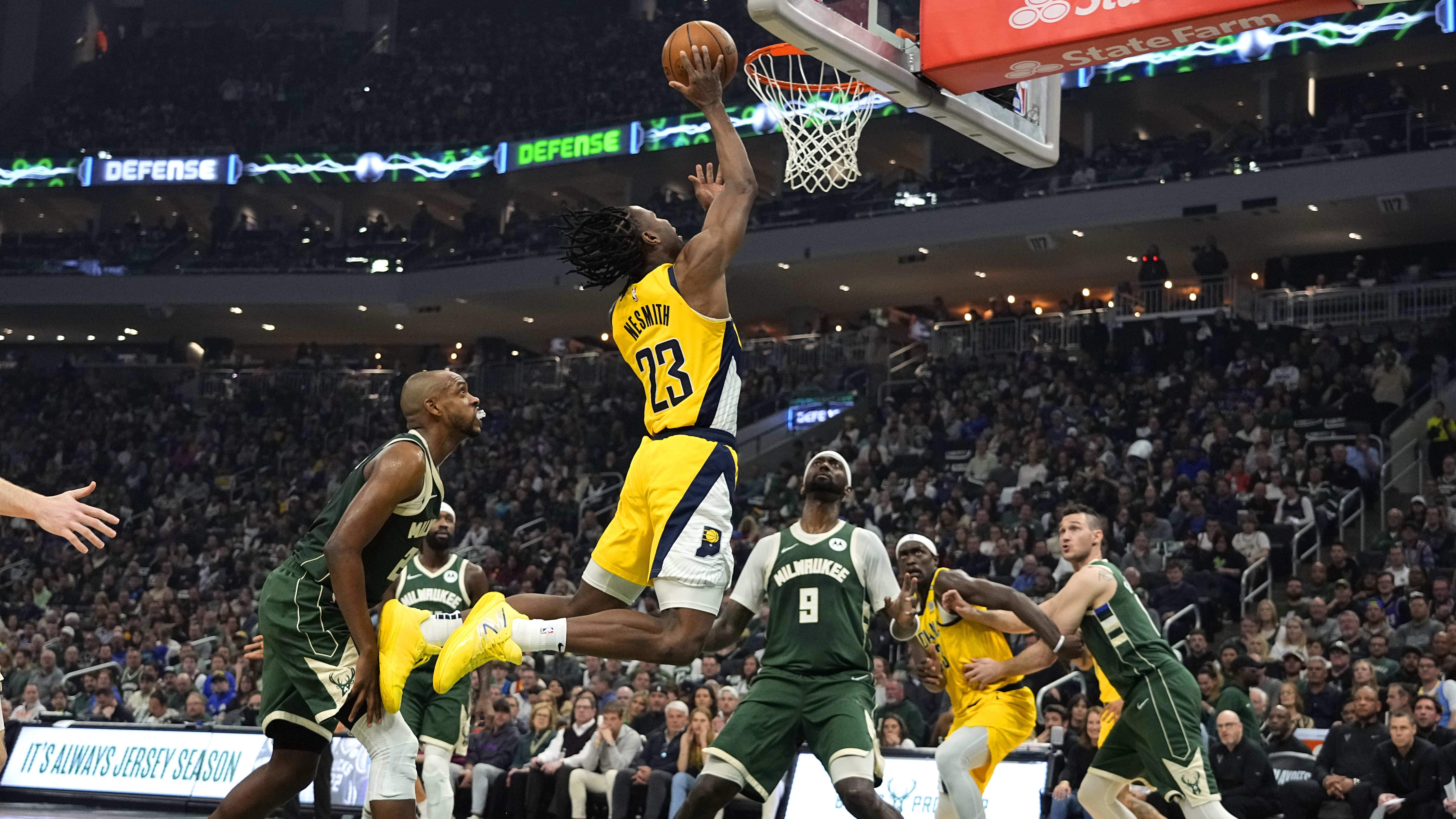
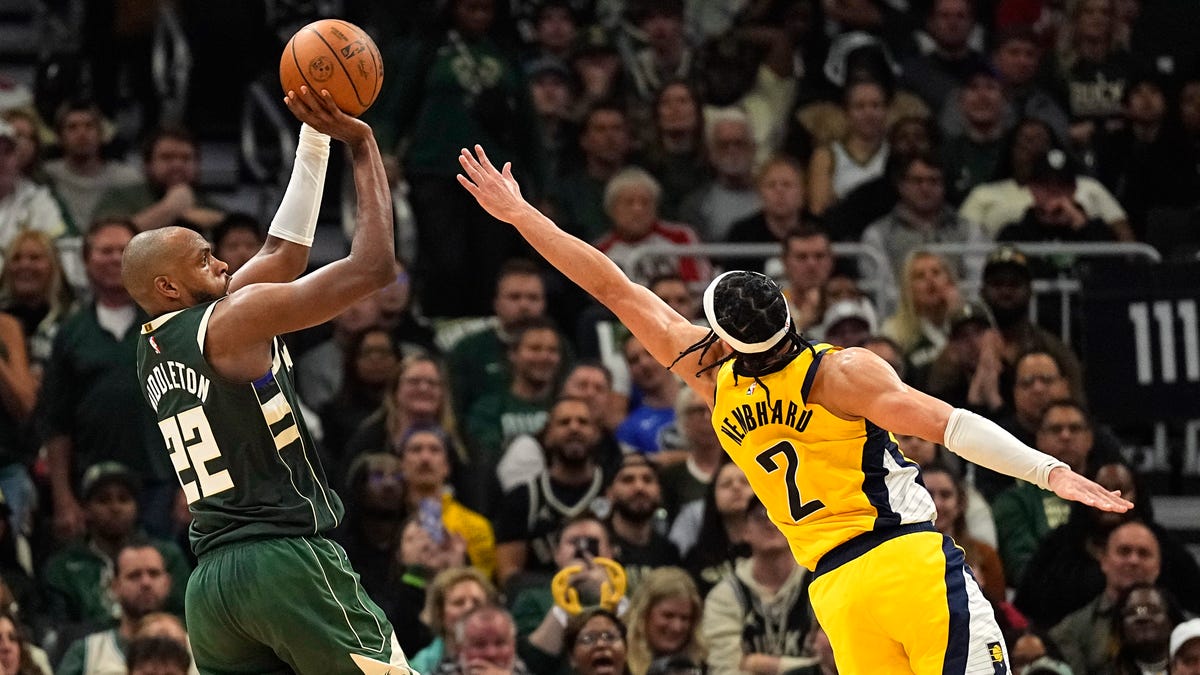


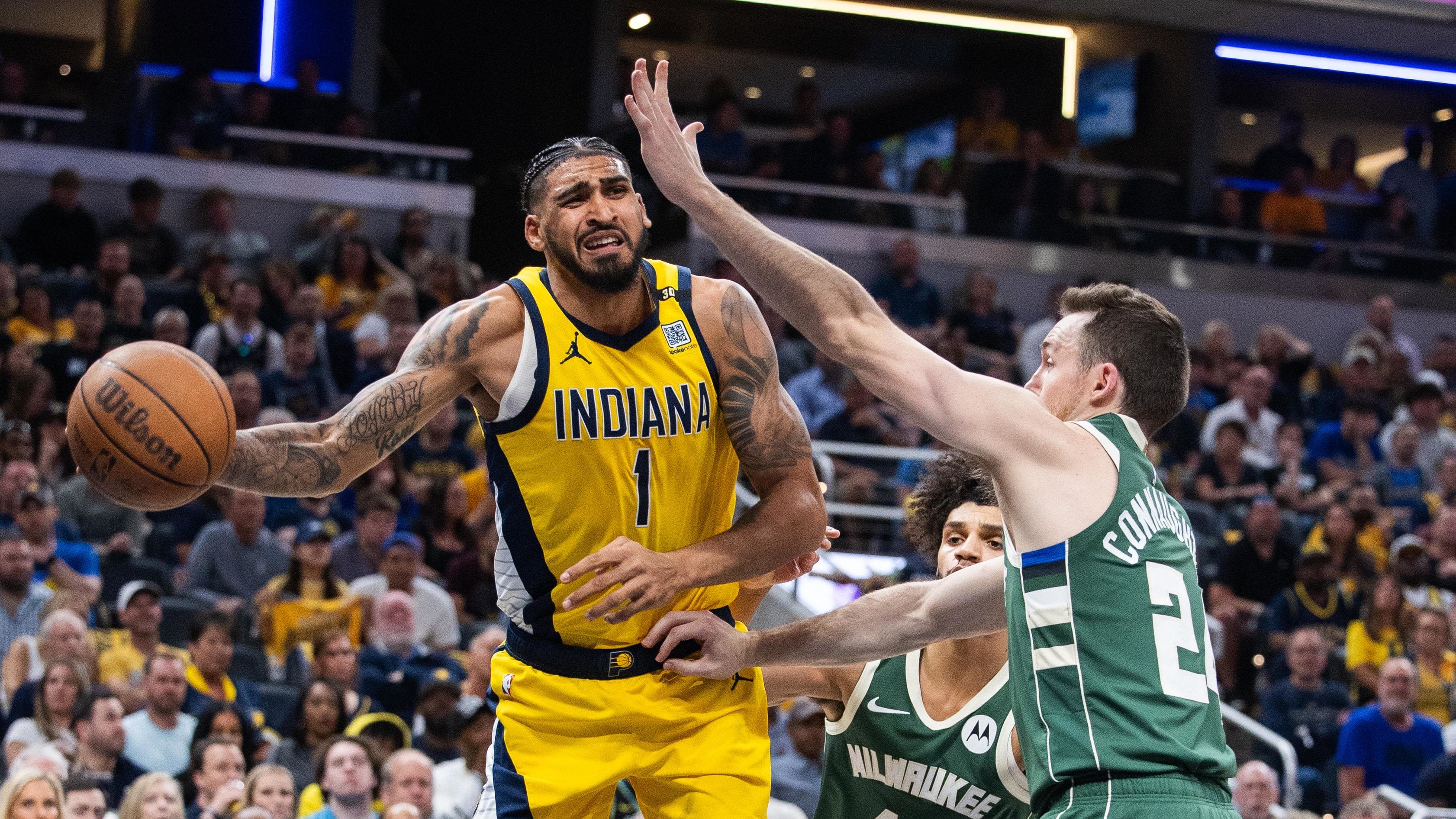
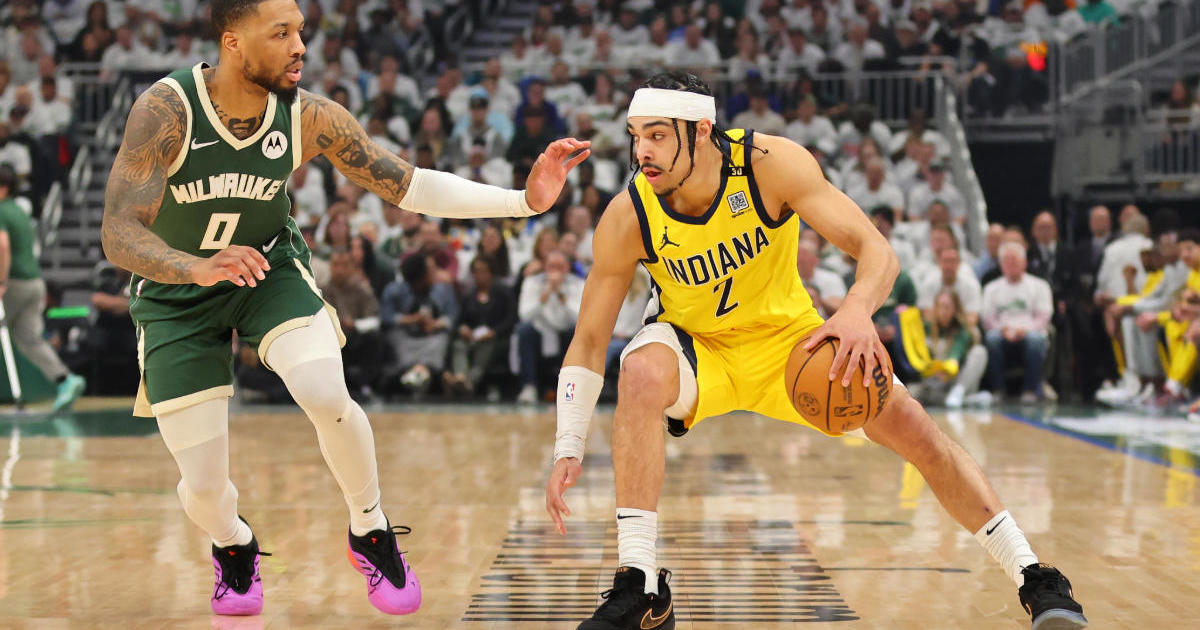



/cdn.vox-cdn.com/uploads/chorus_asset/file/25429884/2024260145.jpg)
